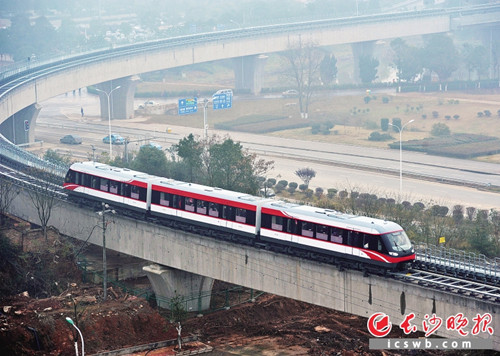In December, the city of Changsha, China started trial runs on a recently completed 11.5-mile urban low-speed maglev train line (<75 mph). How is that beneficial? It can climb 30% grades while regular adhesion light rail can only deal with around 8%, produces less noise and thus less neighborhood opposition, offers a smoother ride than even light rail and costs around US $65 million per mile, or just about 10% more than our own Madison bus rapid transit.
Article Author

Anton Babadjanov
Anton has been living in the Pacific Northwest since 2005 and in Seattle since 2011. While building technology products during the day, his passion for urban planning and transportation is no less and stems from a childhood of growing up in the urban core of a small European city.

